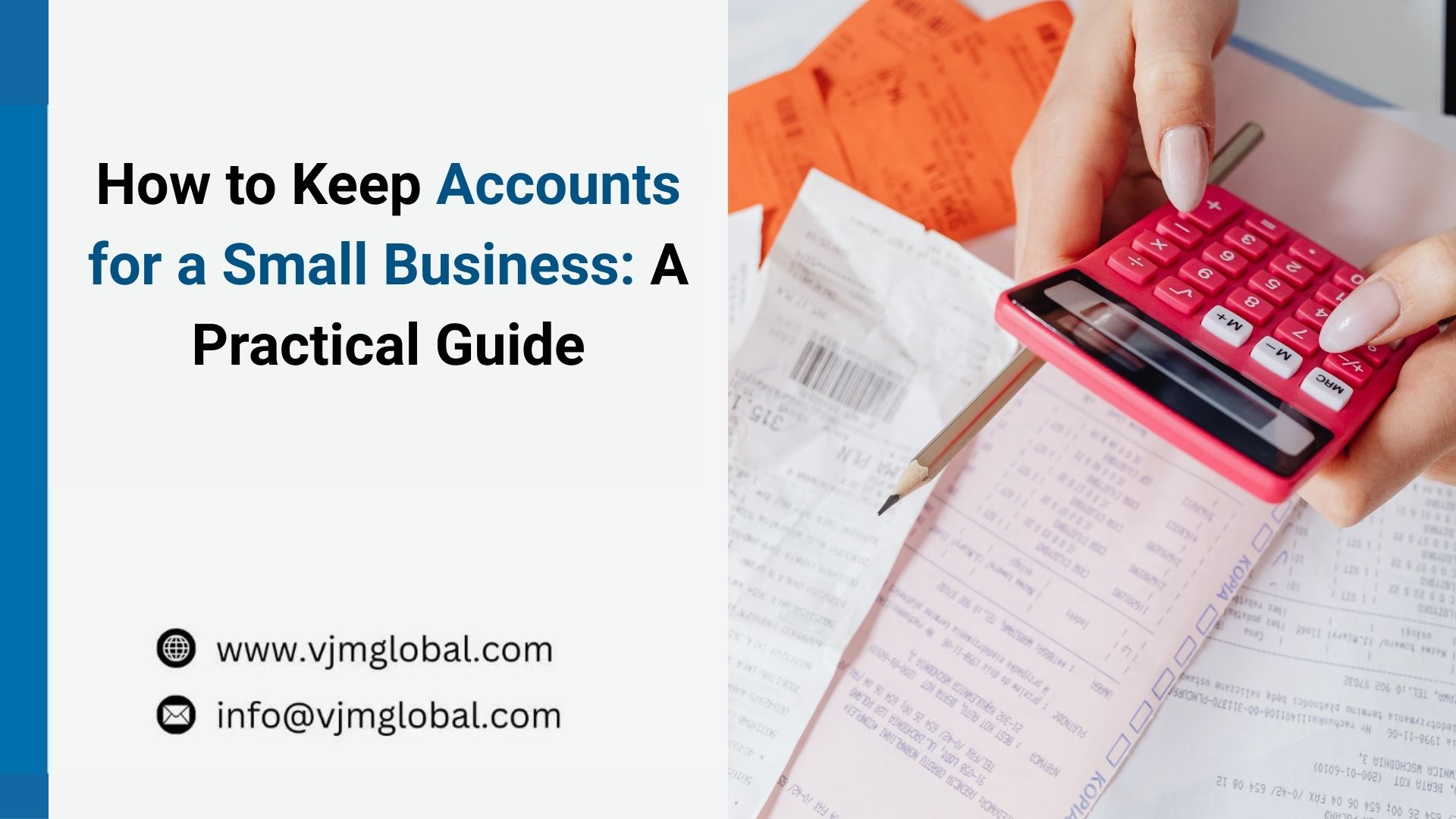Finance Act, 2020 requires e-commerce operators to deduct TDS @ 1% on transactions made through e-commerce platforms. E-commerce operators are required to make such deduction at the time of credit of such amount to the account of e-commerce participant or at the time of payment, whichever is earlier. The Central Board of Direct Taxes has earlier issued Guidelines for deduction of TDS under section 194-O(4) vide Circular no.17 of 2020 dated 29th September, 2020 and vide Circular No. 20 of 2021 dated 25th November, 2021.
CBDT has received various representations on clarification of various issues with respect to deduction of TDS and CBDT has clarified the same vide Circular No. 20 of 2023 dated 28th December, 2023.
Key definition
- Electronic commerce : "E-commerce means is online buying and selling of goods, services, and digital products through electronic networks."
- E-commerce operator : An E-commerce operator means is someone who runs a digital platform for online buying and selling.
- E-commerce participant : An e-commerce participant in India is someone selling goods or services, including digital products, through online platforms."
Guidelines issued by CBDT is discussed in detail below:
1. Which E-commerce operator is liable to TDS where there are multiple ECOs involved in a transaction
If a sale is made through an e-commerce platform, the e-commerce operator is required to deduct TDS. E.g. In case of sales made through Amazon (e-commerce operator), Amazon shall deduct the TDS from the seller at the time of transferring of funds to the account of seller.
However, where more than one e-commerce operators are involved in a transaction then who shall deduct the TDS? There may be a platform or network (e.g., the Open Network for Digital Commerce) on which multiple ECOs are participating in a single transaction. For example, buyer-side ECO is responsible for buyer functions and seller-side ECO for seller functions on a shared transaction network.
Read Also: Income tax on transfer of unquoted equity shares at less than Fair Market Value (FMV)
In such cases, there may be two situations:
Situation 1 : Where multiple ECOs are involved in a single transaction of sale of goods or provision of services through ECO platform or network and where the seller-side ECO is not the actual seller of the goods or services.
- Buyer-side ECO provides interface to the buyer and seller-side ECO provides interface to the seller. In such a scenario, TDS under section 194-O of the ITA is to be deducted by the seller-side ECO who finally makes the payment or the deemed payment to the seller for goods sold or services provided.
- TDS under Section 194-O applies to the gross amount of goods or services and TDS shall be deducted at the time of credit of such sum to the account of seller or at the time of payment, whichever is earlier.
- Seller ECO shall file the TDS return in Form 26Q and shall issue the Form 16A certificate to the seller.
Situation 2 : Where multiple ECOs are involved in a single transaction of sale of goods or provision of services through ECO platform or network and where the seller-side ECO is the actual seller of the goods or services
In this case, an ECO provides an interface to the buyer, while on the selling side, the seller itself is an ECO and is directly interacting with another ECO.
In this situation, TDS is to be deducted by the E-commerce operator who finally makes the payment or deemed payment to the seller for goods and services.
2. Whether convenience fees or commission or delivery fees form part of “Gross Amount” for TDS deduction
An E-commerce operators may be levying convenience fees or charging commission for each transaction. Further, sellers may levy logistics & delivery fees for the transaction. Payments may also be made to the platform or network (e.g., ONDC) provider for facilitating the transaction. Would these form part of "gross amount" for the purposes of TDS under section 194-O of the ITA?
In e-commerce, sellers commonly charge buyers for shipping (logistics/delivery/shipping/packaging) fees. Additionally, buyer-side ECO and seller-side ECO may levy a commission on the seller, and the seller recovers such cost from the buyer only.
Example
A buyer buys goods through e-commerce platform with home-delivery and pay following amount:
- Seller Price: INR 100
- Packing Fees: INR 5
- Shipping Charges: INR 10
- Convenience Fees: INR 3 (including Rs. 1 buyer-side ECO and Rs. 2 seller-side ECO itself).
- The total invoice: INR 118.
Shipping fees, Packaging fees, convenience fees etc. are charged separately from the buyer. CBDT has clarified that TDS should be deducted on the gross sales amount of Rs 118.
Double TDS deduction on convenience Fees
- As per section 194-O(3) of the ITA, a transaction on which tax has been deducted by an ECO under section 194-O(1) of the ITA, such transaction shall not be subject to TDS under any other Section of Chapter XVII-B of ITA. Accordingly, such exclusion shall also apply to the amount received by ECO with respect to transaction of sales of goods or provision of services in name of convenience fees because TDS on such amount is already deducted under Section 194-O.
- However, Section 194S(4) of ITA overrides the section 194-O of the act and states that if tax is deducted under section 194-S of the act, no tax is deduct under section 194-O of the act
- In this case, the fees charged by the seller-side ECO Rs. 2 and the buyer-side ECO Rs. 1 for their services would typically be subject to TDS under section 194H, i.e., Seller and buyer are required to deduct TDS on such amount.
- However, tax has been deducted under section 194-O on the gross sales of Rs. 118, (which convenience fee or INR 1 and INR 2). This amount is not subject to TDS under any other provision subject to provisions of Section 194S(4) of the act.
- Further, Payments are also made to platform or network providers, like ONDC, for facilitating a transaction. These amounts will form part of the 'gross amount' for TDS under section 194-O if included in the transaction payment. If paid as a lump sum unrelated to a specific transaction, they don't need to be included in the 'gross amount'
- It is further clarified that TDS under section 194-O of the ITA will be calculated on the gross invoice value (INR 118 in this example) at 1% and responsibility of deduction and deposit of the tax will be on the seller ECO. The buyer ECO’s fees charged to seller ECO (INR 1 in this example) and seller ECO’s fees (INR 2 in this example) charged to seller will not be subject to further TDS (say under section 194H of the ITA).
3. How to consider taxes, other than GST, VAT, Excise duty etc., while calculating gross amount of sales of goods or provision of services under section 194-O of the ITA
CBDT has clarified that under section 194-O of the act, if the tax component (including GST) is indicated separately on the invoice then TDS under section 194-O shall be deducted on the amount credited to the account of seller excluding such tax amount indicated separately on the invoice.
However, if the TDS is deducted on payment basis because payment is made earlier than credit then TDS shall be deducted on the whole amount as it is not feasible to segregate the Tax amount from such payment.
4. How will adjustment for purchase-returns take place
TDS is deducted at the time of payment or credit, whichever is earlier. With respect to purchase return, tax must have been deducted on the original purchase transaction under Section 194-O of Income Tax Act.
In such a case, if money is refunded against purchase return transactions then such tax deducted can be adjusted against the next transaction by the deductor with the same deductee in the same financial year.
E.g.
Month-wise Sales and TDS Deduction Summary
| Month |
Sales (INR) |
Sales Return |
Net Sales Value (INR) |
Gross Amount for Deduction of TDS (INR) |
| January, 2024 |
10,000 |
Nil |
10,000 |
10,000 |
| February, 2024 |
15,000 |
2,000 (against sales of Jan, 2024) |
13,000 |
13,000 |
However, no adjustment is required if the purchase-return is replaced by the goods, since in that case the transaction on which tax was deducted under section 194-O of the ITA has been completed with goods replaced.
5. Adjustment of Discount in computation of gross amount
How will discounts given by the seller as an e-commerce participant or by any of the multiple ECOs be treated while calculating ‘gross amount’?
- Seller Discount
In this case, seller will reduce the sales price with the sales discount. E.g.,
Labeled Price: INR 100
Discount offered: INR 10
Amount receivable from buyer: INR 90
Seller will raise an invoice of INR 90 and TDS will be deducted on INR 90 only.
- Buyer ECO or Seller ECO Discount:
Where a discount is offered by the e-commerce operator then the seller receives the full consideration for the product. Part of the amount is received from the buyer and balance amount is paid by the e-commerce operator.
E.g.
Seller Price: INR 100
ECO Discount: INR 10
Amount received from buyer by the ECO: INR 90
Amount paid to the seller: INR 100
Invoice on the buyer will be raised of INR 100.
Accordingly, TDS is required to be deducted on complete amount of INR 100.













